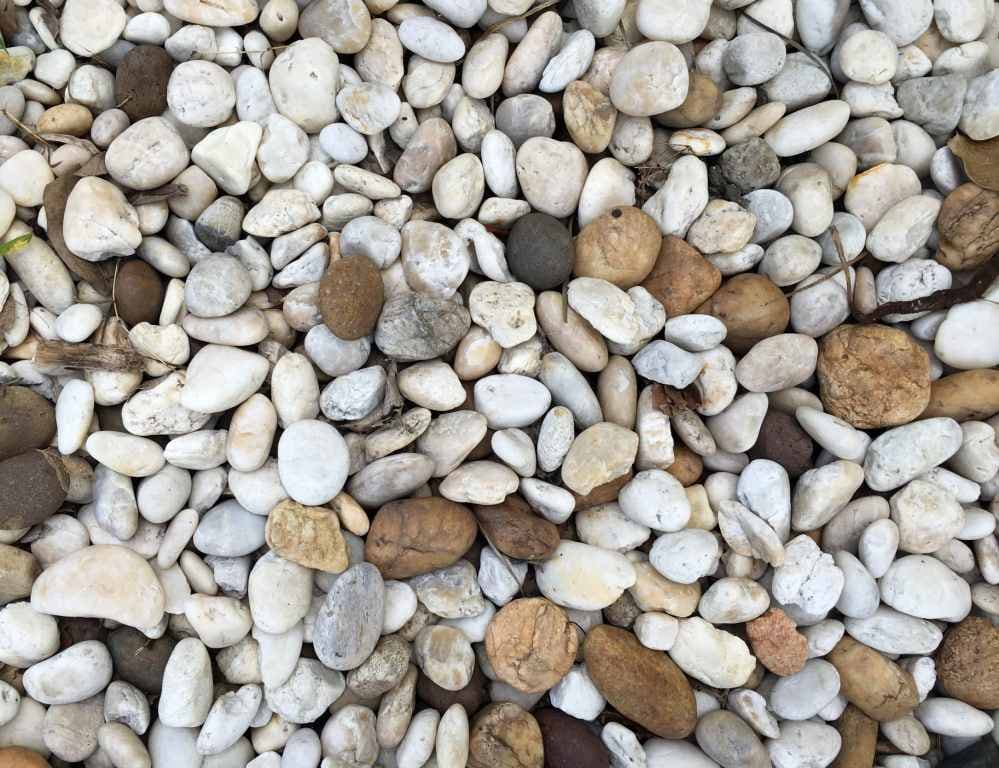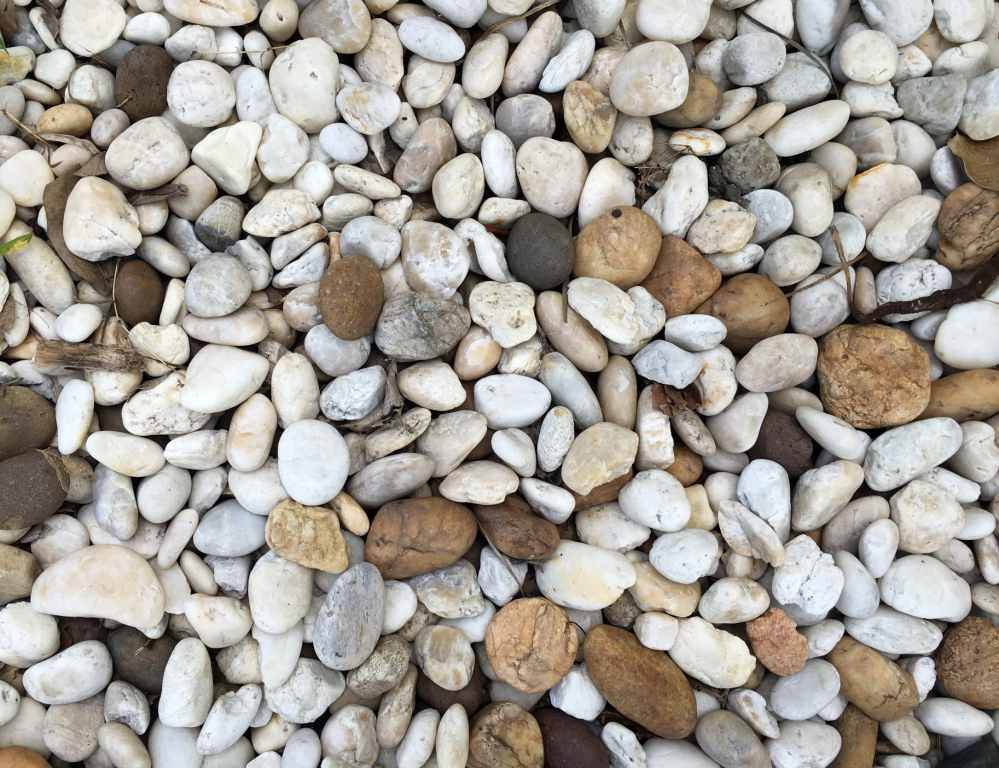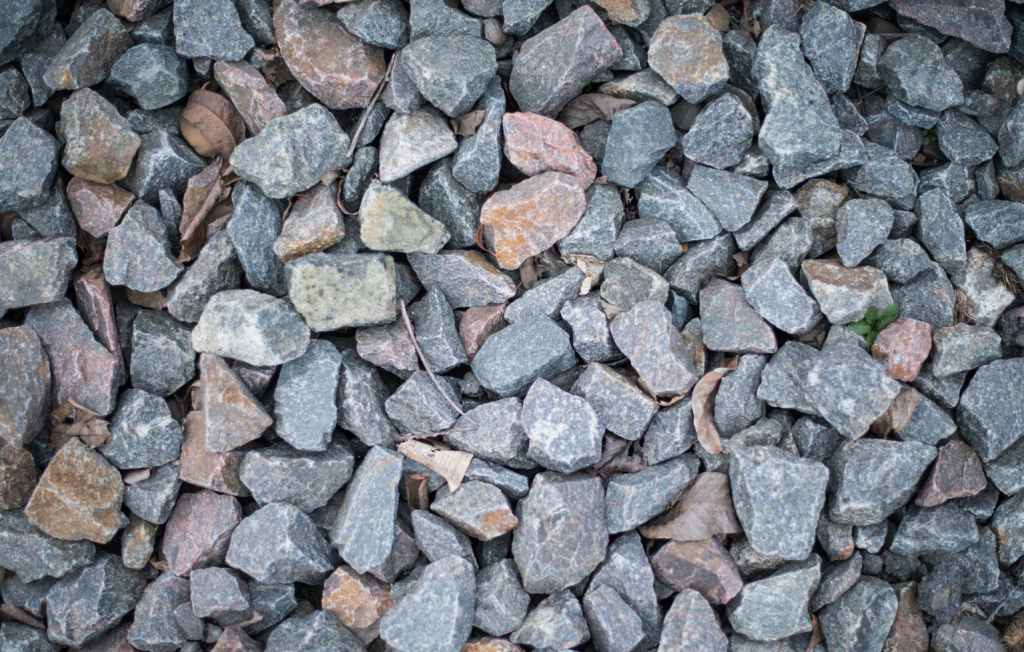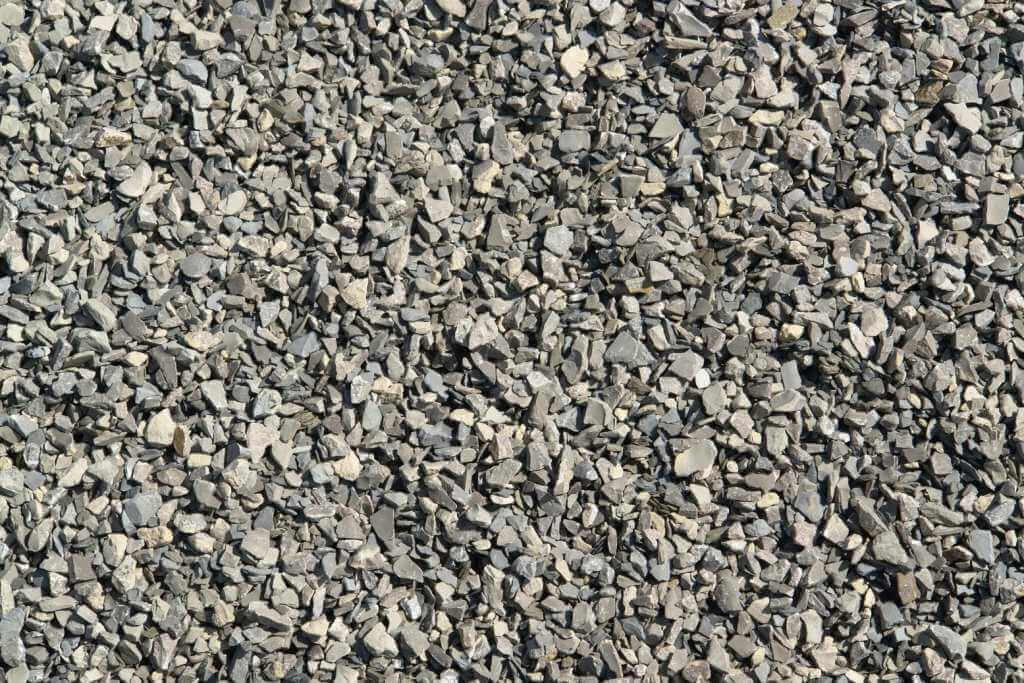
Aggregates are very important material in concrete and for the construction industry. They are important constituents of the concrete which give body to the concrete and also reduce shrinkage. It occupies the 70 to 80% of the total volume of concrete.
The classification of aggregates can be done according to their nature of formation, size and shape.
According to nature of formation, the classification of aggregates is natural and crushed aggregates. According to the size, the classification of aggregates is fine aggregates and coarse aggregates.
Also Read:
Classification of Aggregate According to Nature of Formation
Size Wise Classification of Aggregate
The shape of aggregates is an important characteristic since it affects the workability of concrete. So we should take care about the shape of aggregate.
Here we discuss the shape wise classifications of aggregates.
Following are the Shape wise Classification of Aggregates:
01. Rounded Shaped Aggregate:

Rounded shape aggregates are naturally occurring aggregate. It is fully water worn or completely shaped by attrition. It has a minimum surface area for the same mass than other shapes. Therefore it requires less cement paste for bonding as compared to other shapes.
Example: Desert, Windblown and Seashore sands, River or Seashore Gravels
02. Irregular or Partly Rounded Shaped Aggregate:

The irregular or partly rounded aggregates are shaped by attrition having rounded edges. They have voids about 36% and require more cement paste as compared to rounded aggregate. Because of irregularity in shape, they develop good bond and are suitable for making ordinary concrete.
Example: Pit Sands, Cuboid Rocks and Gravels; Land and Dug flints
03. Angular Shaped Aggregate:

An angular aggregate consists of well defined edges formed at the intersection of roughly planar surfaces. These are obtained by crushing the rocks. They have voids about 40% and require more cement paste.
Example: Crushed rocks of all types; talus, screes
04. Flaky Aggregate:

Generally, flaky aggregates have an angular shape. The thickness is small as compared to width and length of that aggregate. It has a larger surface for the same mass as compared to rounded or cubical shapes.
Example: Laminated Rocks, both naturally occurring as well as crushed
It is really complicated to evaluate the shape of irregular concrete aggregates as most of the time they are derived from the varieties of rocks having different physical & chemical properties. Shape of aggregates can get influenced by not only the characteristics of parent rocks but also by the type of crusher used to crush the rocks.
Most of the jaw crushers with plain jaws will give flaky aggregate, while with footed jaws will give cubical ore. But it is the cone crusher which will give perfectly cubical aggregates.
Also Read:
7 Lab Tests the Aggregate should Satisfy for Use in Concrete
Crush Sand vs Natural Sand-Make the Right Choice
Why is Cement Important Construction Material?































